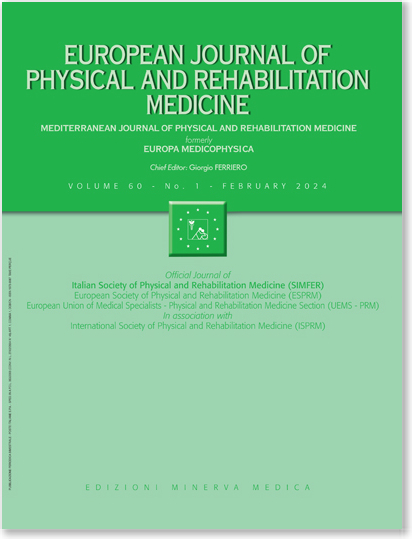
Benefits of US-guided percutaneous lavage vs. ESWT for rotator cuff calcific tendinopathy

Benefits of US-guided percutaneous lavage vs. ESWT for rotator cuff calcific tendinopathy
Extracorporeal shockwaves versus ultrasound-guided percutaneous lavage for the treatment of rotator cuff calcific tendinopathy: a randomized controlled trial
Eur J Phys Rehabil Med. 2016 Apr;52(2):145-51Synopsis
243 patients with rotator cuff calcific tendonopathy (RCCT) were randomized to either extracorporeal shockwave treatment (ESWT) or ultrasound-guided percutaneous lavage (UGPL). The purpose of this study was to compare the effectiveness of the two aforementioned treatments with regards to shoulder pain, when measured up to 12 months. Findings indicated significant reduction of calcification and sho...
To view the full content, login to your account,
or start your 30-day FREE Trial today.
FREE TRIAL
LOGIN
Forgot Password?
Explore some of our unlocked ACE Reports below!

Learn about our AI Driven
High Impact Search Feature
Our AI driven High Impact metric calculates the impact an article will have by considering both the publishing journal and the content of the article itself. Built using the latest advances in natural language processing, OE High Impact predicts an article’s future number of citations better than impact factor alone.
Continue



 LOGIN
LOGIN

Join the Conversation
Please Login or Join to leave comments.